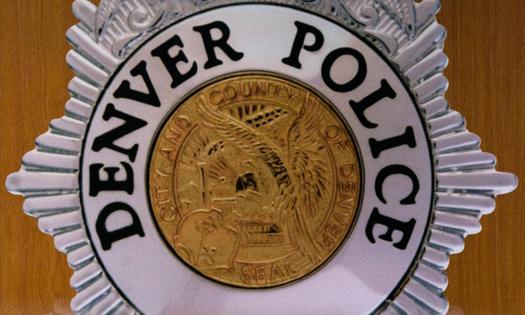How the Denver Police Department's crime lab pioneered a crime-solving fingerprint system
Published in News & Features
DENVER — If you leave an identifiable fingerprint at a crime scene along Colorado’s Front Range, it probably won’t be long before 32 different police agencies know about it.
That’s because of a pioneering information-sharing system created by the Denver Police Department’s Denver Crime Laboratory that allows four different Colorado crime labs to connect fingerprint evidence across departments, cases and crimes.
Leaders at the Denver Crime Lab believe the system, dubbed the Latent Print Case Association Program, is the first — and only — such system in the United States.
“We have a DNA database that connects cases to cases, we have a firearms evidence database that connects cases to cases — latent prints didn’t have anything like that,” said Amy Williams, supervisor of the latent print unit at the Denver Crime Lab.
So the lab created it. Now, when an analyst identifies a fingerprint as connected to a particular person, they can run that person’s information through the system to see if that person left fingerprints at any other crime scenes. The check crosses jurisdictions and is almost instantaneous, Williams said.
The new system helps detectives build stronger cases and ensures investigators learn about connections to other crimes early on in the process, said Sgt. Todd Erickson, who heads DPD’s auto theft team.
In the past, a detective might not have known about a contemporaneous crime in another city until the other police department finished its investigation and prosecutors there pressed charges. Now, that connection is made at the front end of a case, he said, allowing detectives to work together and coordinate during their investigations.
“Which helps us too, obviously, when they are going to court and facing four counts of stealing cars instead of just one,” Erickson said. “Maybe they can stay in (jail) so they are not out revictimizing.”
The information-sharing system Denver created is different from the state and federal Automated Fingerprint Identification Systems. Those databases allow analysts to compare a fingerprint against many others to find potential matches and ultimately identify the suspect who left the fingerprint.
The information-sharing system starts once the suspect’s fingerprint has already been identified, and makes connections from there to other cases where fingerprints tie back to the same suspect.
The Denver Crime Lab’s system was launched for cases within only the Denver Police Department in 2018, but expanded to include four crime laboratories in 2023, broadening its reach to 32 police agencies spanning from metro Denver to Colorado Springs.
The system was instrumental in identifying the members of an auto theft crew who targeted cars parked at the Denver International Airport a couple of years ago because it connected incidents that spanned jurisdictions across the metro area to the same repeat offenders, Williams said.
About 3,000 fingerprint identifications have been entered into Denver’s information-sharing program since 2023. Those entries resulted in 234 case associations involving 110 suspects whose criminal activity spanned two or more jurisdictions, according to the Denver Police Department.
----------
©2025 MediaNews Group, Inc. Visit at denverpost.com. Distributed by Tribune Content Agency, LLC.







Comments